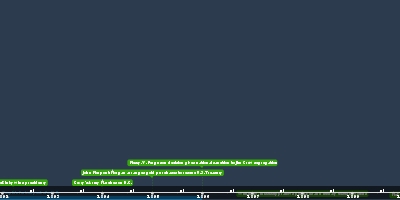1 ene 1913 año - 17th amendment
Descripción:
Nationwide, as in the South, the realignment of the 1890s prompted new measures to exclude voters. Influenced by classical liberals’ denunciations of “unfit voters,” many northern states imposed literacy tests and restrictions on immigrant voting. Leaders of both major parties, determined to prevent future Populist-style threats, made it more difficult for new parties to get candidates listed on the ballot. In the wake of such laws, voter turnout declined, and the electorate narrowed in ways that favored the native-born and wealthy.Antidemocratic restrictions on voting helped, paradoxically, to foster certain political innovations. Having excluded or reduced the number of poor, African American, and immigrant voters, elite and middle-class reformers felt more comfortable strengthening the power of the voters who remained. Both major parties increasingly turned to the direct primary, asking voters (in most states, registered party members) rather than party leaders to choose nominees. Another measure that enhanced democratic participation was the Seventeenth Amendment to the Constitution (1913), requiring that U.S. senators be chosen not by state legislatures but by popular vote. Though many states had adopted the practice well before 1913, southern states had resisted, since Democrats feared that it might give more power to their political opponents. After disfranchisement, such objections faded and the measure passed. Thus disfranchisement enhanced the power of remaining voters in multiple, complicated ways.
Añadido al timeline:
fecha:
1 ene 1913 año
Ahora mismo
~ 112 years ago
